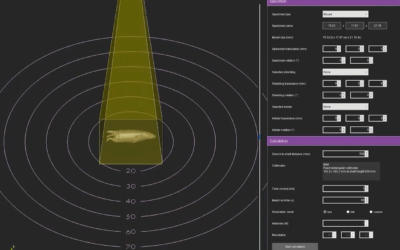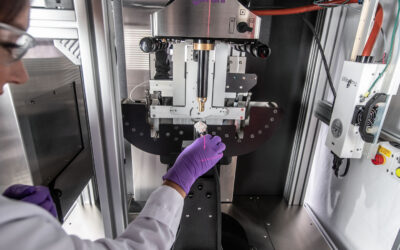OBJECTIVES:
Hypoxic cancer cells have been shown to be more resistant to radiation therapy than normoxic cells. Hence, this study investigated whether ultrasound (US)-induced rupture of oxygen-carrying microbubbles (MBs) would enhance the response of breast cancer metastases to radiation.
METHODS:
Nude mice (n = 15) received stereotactic injections of brain-seeking MDA-MB-231 breast cancer cells into the right hemisphere. Animals were randomly assigned into 1 of 5 treatment groups: no intervention, 10 Gy radiation using a small-animal radiation research platform, nitrogen-carrying MBs combined with US-mediated MB rupture immediately before 10 Gy radiation, oxygen-carrying MBs immediately before 10 Gy radiation, and oxygen-carrying MBs with US-mediated MB rupture immediately before 10 Gy radiation. Tumor progression was monitored with 3-dimensional US, and overall survival was noted.
RESULTS:
All groups except those treated with oxygen-carrying MB rupture and radiation had continued rapid tumor growth after treatment. Tumors treated with radiation alone showed a mean increase in volume ± SD of 337% ± 214% during the week after treatment. Tumors treated with oxygen-carrying MBs and radiation without MB rupture showed an increase in volume of 383% ± 226%. Tumors treated with radiation immediately after rupture of oxygen-carrying MBs showed an increase in volume of only 41% ± 1% (P = 0.045), and this group also showed a 1 week increase in survival time.
CONCLUSIONS:
Adding US-ruptured oxygen-carrying MBs to radiation therapy appears to delay tumor progression and improve survival in a murine model of metastatic breast cancer.
Delaney LJ, Ciraku L, Oeffinger BE, Wessner CE, Liu JB, Li J, Nam K, Forsberg F, Leeper DB, O’Kane P, Wheatley MA, Reginato MJ, Eisenbrey JR.






